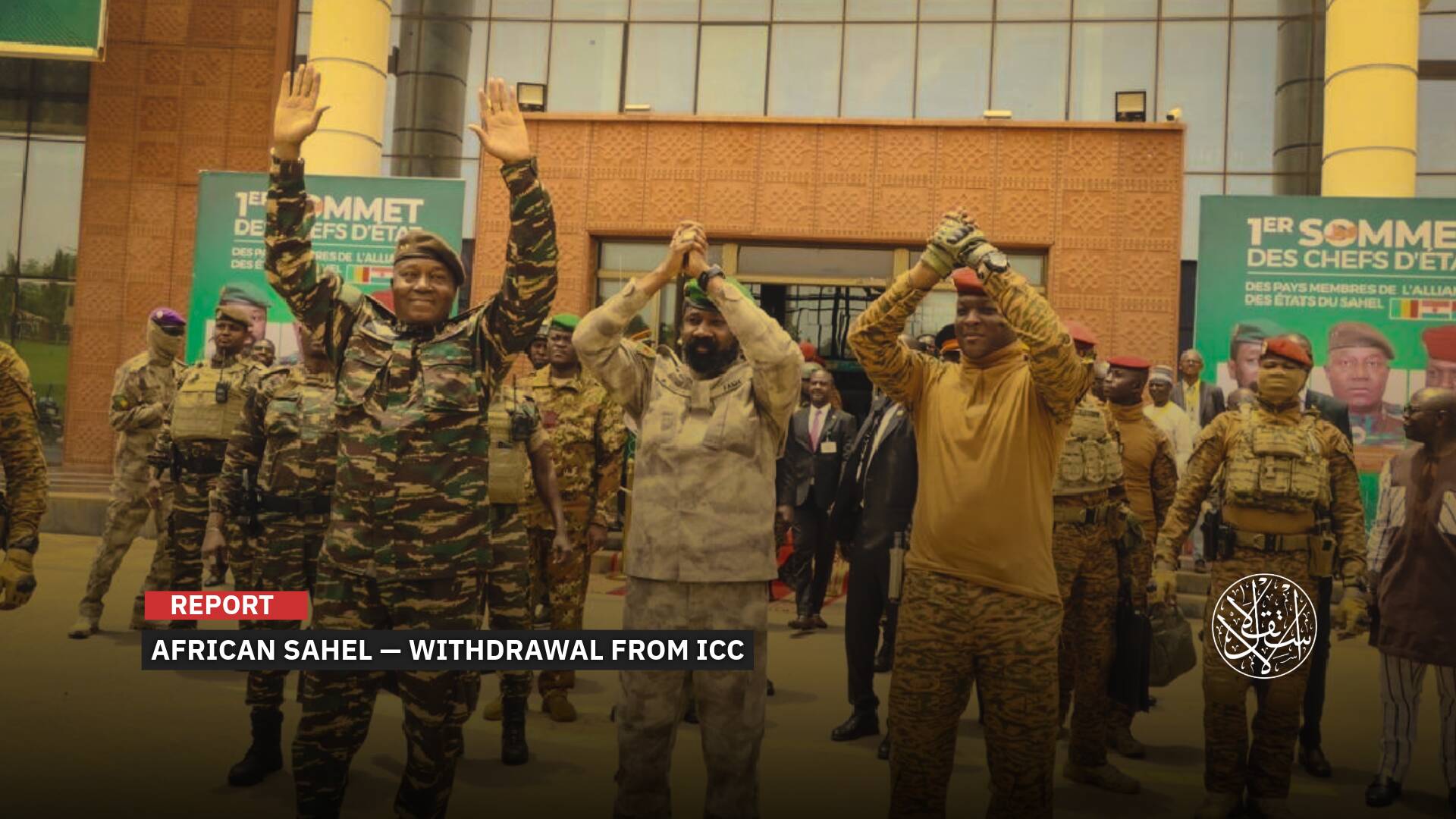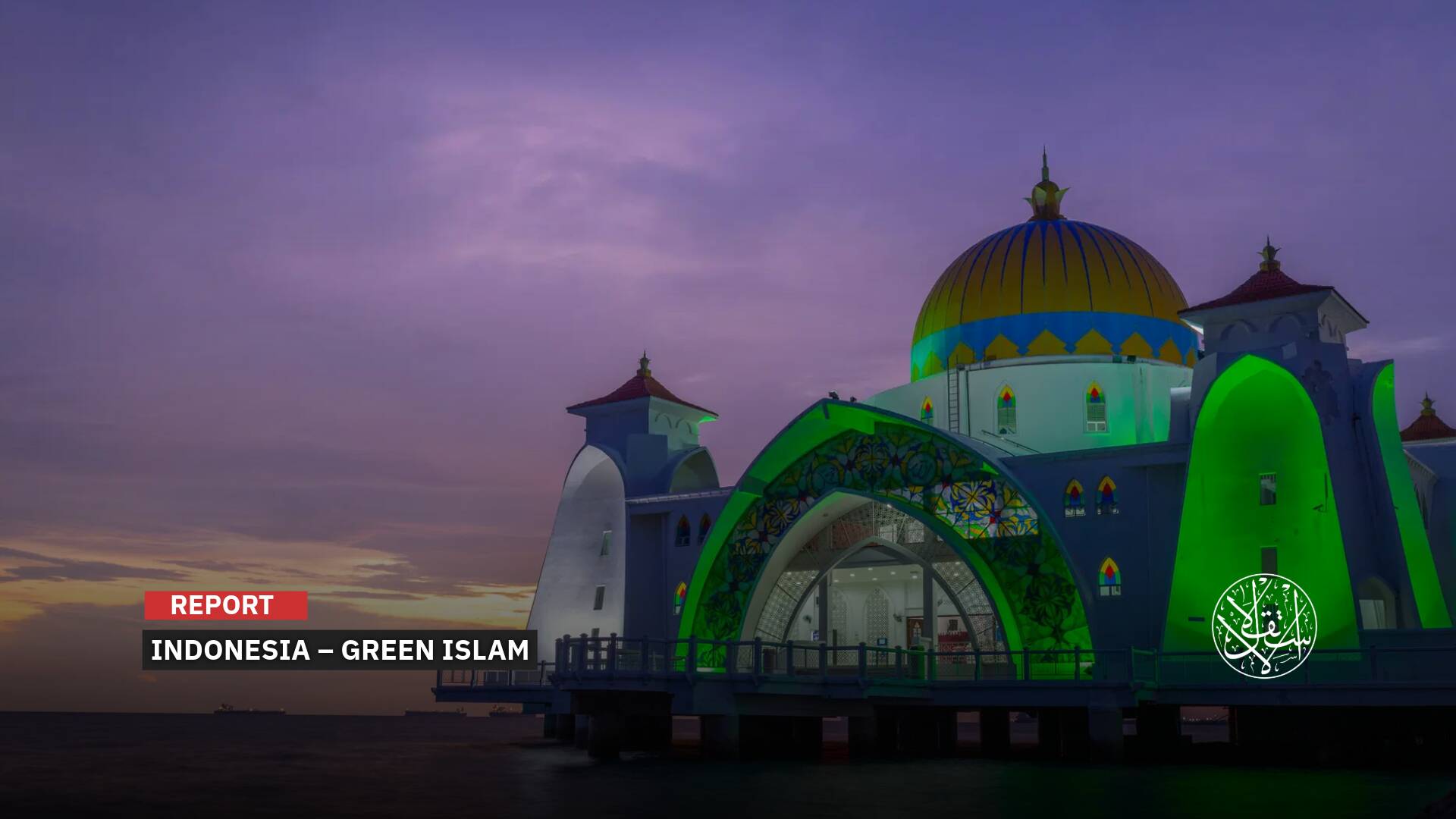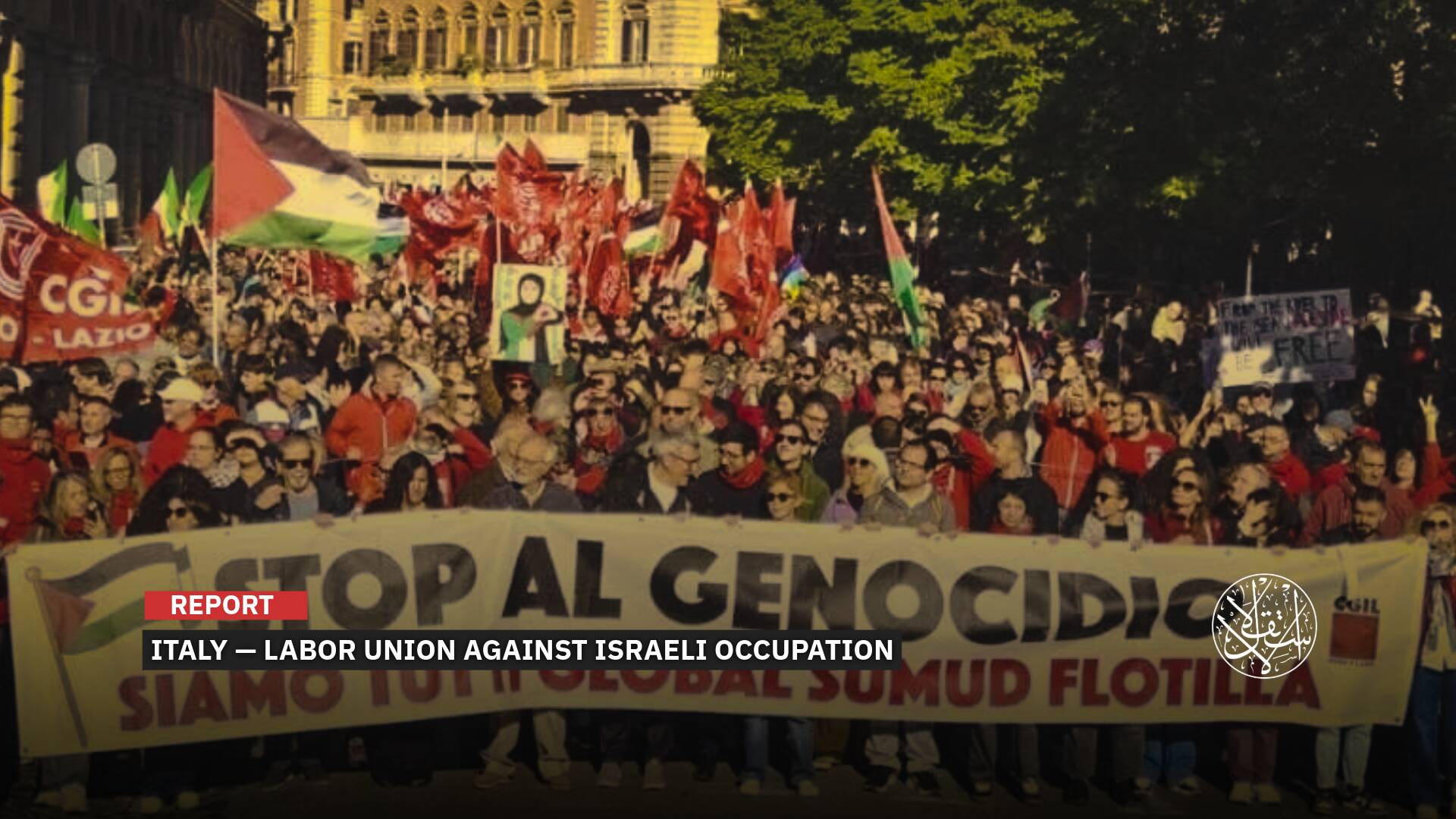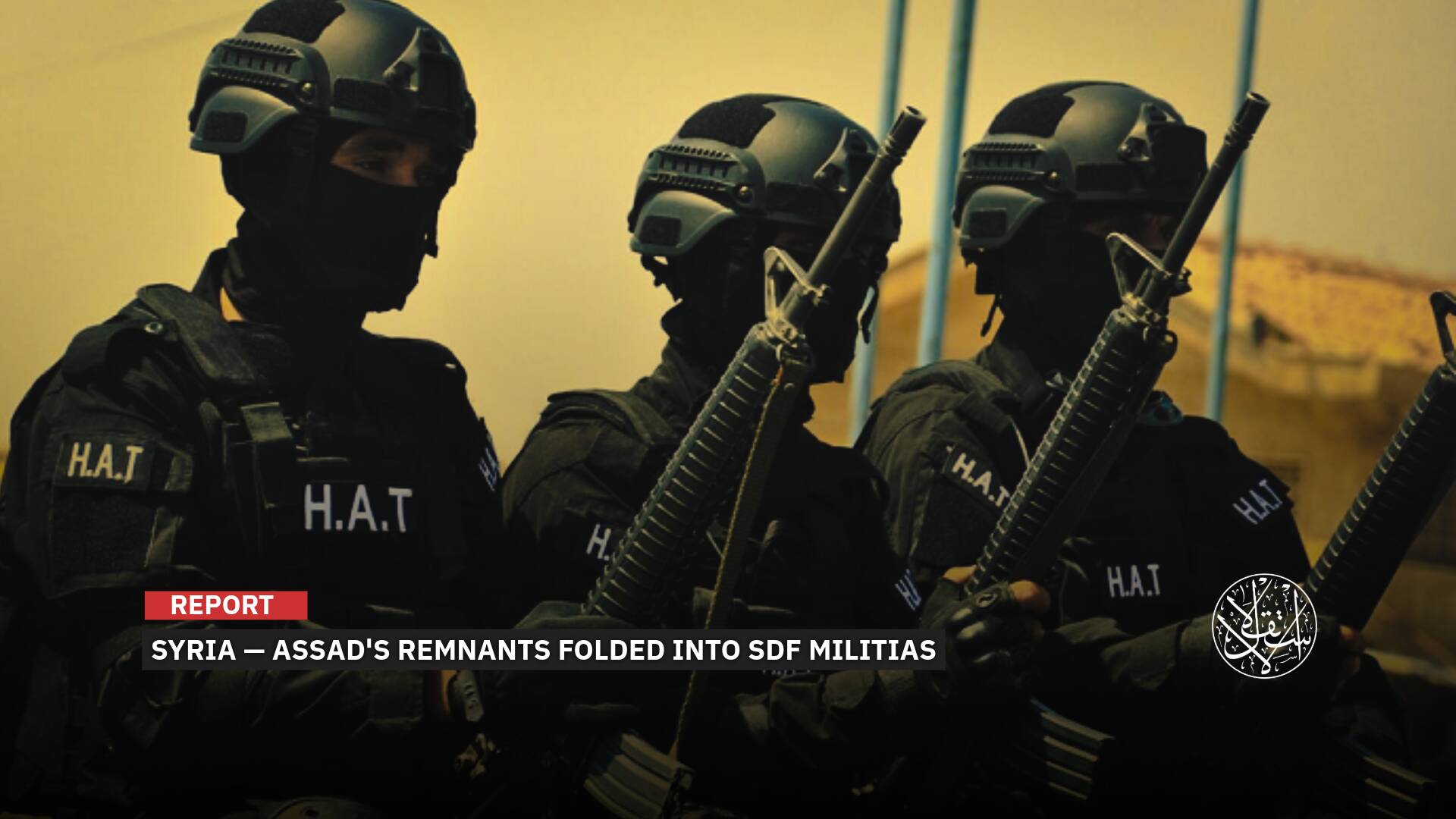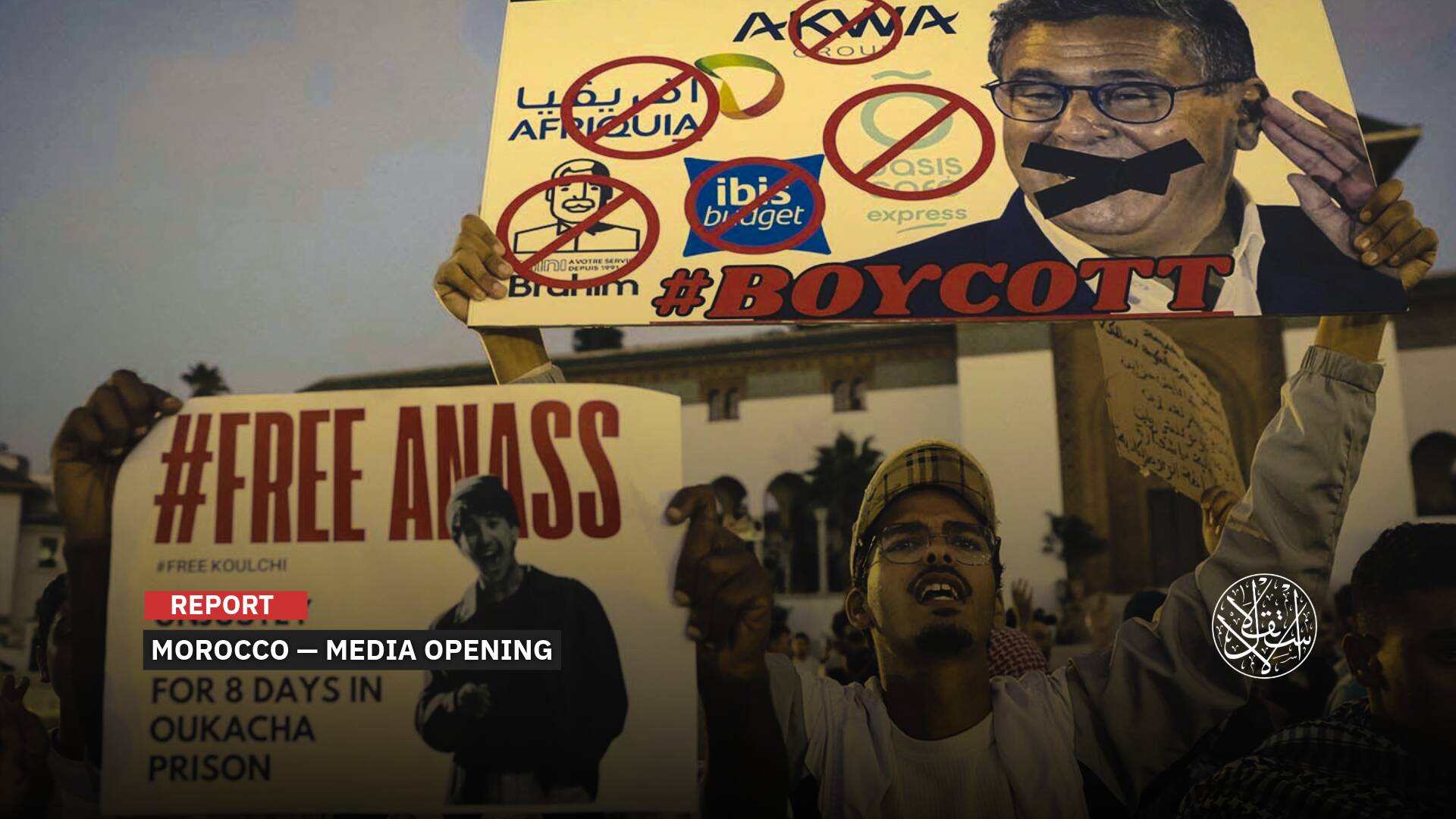‘Israel’s Fifth Military Axis in Gaza’: What Are Its Goals?

The Israeli Occupation is using military axes to reoccupy Gaza.
As “Israel” resumes its assault on Gaza, it has once again turned to its military axis strategy—dividing the besieged coastal enclave, cutting it into isolated pockets, and deepening the suffering of its population. Officially, the goal remains the fight against Hamas.
By expanding these military corridors, Israeli forces aim to weaken and isolate the Palestinian Resistance, displace civilians, and enforce starvation tactics across the 360-square-kilometer Strip.
But for many Palestinian analysts—and even some Israeli and international media—these axes signal more than a military campaign. They reflect a broader ambition: the reoccupation of Gaza and the return of Israeli settlements, a vision increasingly voiced by Israeli officials.

Morag Axis
In its latest move on the ground, the Israeli army has tightened its grip on the so-called Morag Axis in southern Gaza, just hours after launching a wide-scale assault on the city of Rafah.
Known in Hebrew as Morag, the axis is a key corridor that stretches from the Mediterranean coast in the west to Salah al-Din Road in the east, ending at the Sufa crossing on the Gaza-”Israel” border. The 12-kilometer route effectively severs Rafah from the rest of the Gaza Strip and lies just five kilometers north of the Philadelphi Corridor along the Egyptian border, which “Israel” has held since May 2024 and refuses to relinquish.
Originally drawn as a notional line following the Israeli occupation of Gaza in 1967, Morag became a fixed military outpost in 1972 to monitor Palestinian movements. A decade later, in 1982, “Israel” transformed the area into an agricultural zone packed with greenhouses, exploiting Gaza’s fertile soil and water resources to supply its settlements.
The axis was abandoned in 2005 as part of the Israeli Occupation’s withdrawal from its settlements in Gaza, including the Gush Katif bloc where Morag was located.
But on April 2, 2025, Prime Minister Benjamin Netanyahu announced that Israeli forces had regained control over the area separating Rafah from Khan Younis. In a video statement, he called it a “second Philadelphi Axis,” referring to the critical buffer zone along the Egypt-Gaza border, and declared, “Tonight, we changed the course of events.”
The Israeli Occupation army confirmed that the 36th Division had resumed “operations” in Gaza, and begun its activities in the Morag corridor. Footage of the offensive was released shortly afterward.
Netanyahu revealed that the recent “military” escalation was aimed at seizing the Morag Axis, underscoring its strategic value and raising fresh questions about “Israel’s long-term plans” for the area. Just hours earlier, War Minister Israel Katz had also announced the expansion of military operations in southern Gaza.
The move comes 17 months into “a campaign” that has devastated the northern part of the Strip and cut it off from Gaza City—now, “Israel” appears to be replicating that strategy in the south.
“We are cutting up the Strip, and we are increasing the pressure step by step, so that they will give us our hostages,” Netanyahu said. “The more they delay, the greater the pressure. We are determined to achieve the war's goals, and we are operating tirelessly, with a clear direction and mission.”
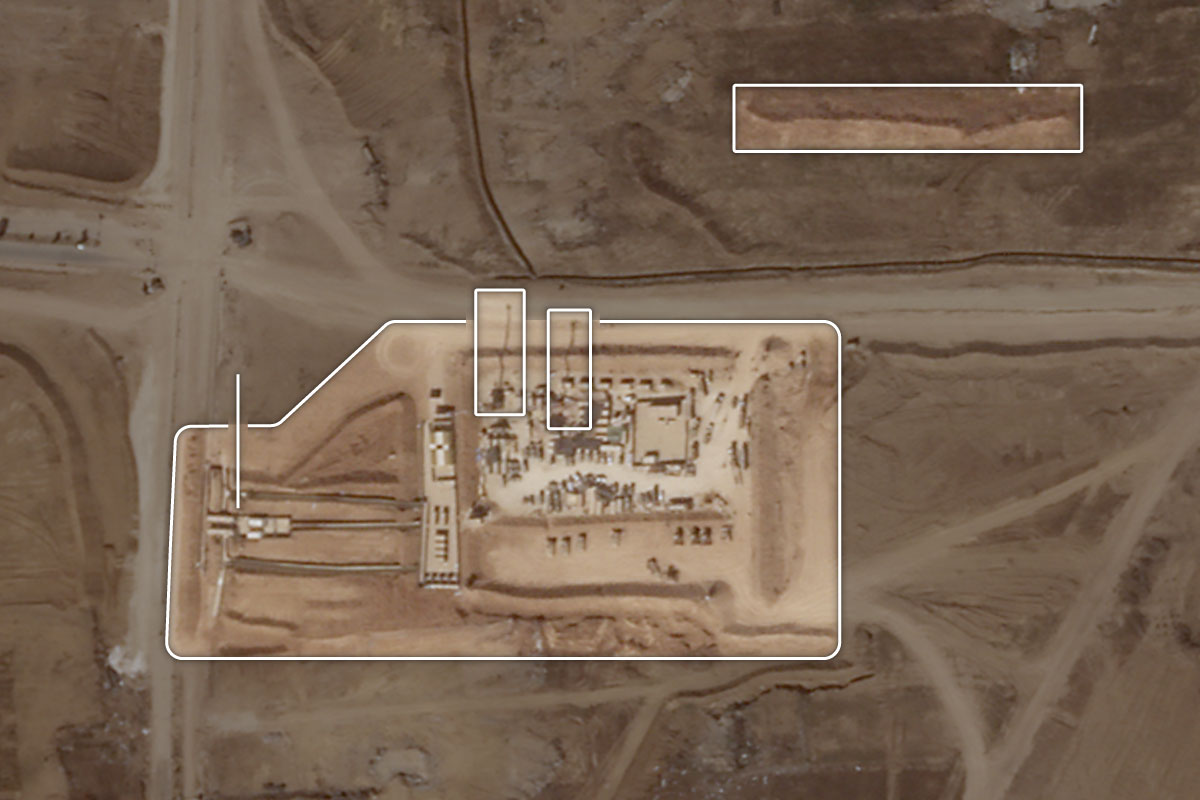
The Fifth Corridor
The Morag Axis marks the fifth corridor established by Israeli Occupation forces since the war on Gaza began in October 2023.
The first and most prominent of these is the Nuseirat or “Netzarim Axis” in central Gaza, which effectively split the Strip in two—separating the north from the south. The corridor became widely known early in the Israeli war as the route through which “Israel” forcibly displaced hundreds of thousands of civilians toward southern Gaza.
This area was previously a settlement called Netzarim, before the occupation withdrew from the Strip in 2005 under pressure from Palestinian Resistance. But in the early months of the war, Israeli forces reoccupied the area, constructing a corridor 8 kilometers wide and 7 kilometers long, cutting Gaza laterally from east to west and vertically from north to south. The axis, now used as a military base, has prevented hundreds of thousands of displaced Palestinians from returning to their homes in the north.
“Israel” temporarily withdrew from the Netzarim Axis following a ceasefire and prisoner exchange agreement in January 2025, but re-entered the area in mid-March after walking back commitments to the second phase of the deal.
The second corridor—Salah al-Din, also referred to as the Philadelphi Axis—runs along the Gaza-Egypt border. Israeli forces took control of the area in May 2024 after storming Rafah and its border crossing, asserting full control over the southern boundary. The crossing was closed, bulldozed, and sealed off, halting all movement of people and aid into Gaza.
Despite international calls to reopen the Rafah crossing and withdraw from the city, “Israel” held its ground, citing the need to dismantle Hamas’s military infrastructure and prevent arms smuggling through alleged cross-border tunnels. Hamas has repeatedly denied the presence of such tunnels, which Egypt had previously flooded during the rule of Hosni Mubarak and Abdel Fattah el-Sisi.
Unlike in Netzarim, Israeli forces never withdrew from the Philadelphi Axis, using their presence there to obstruct ceasefire efforts and derail prisoner swap negotiations, even during the November 2023 temporary truce.
Before the latest deal was signed, “Israel” opened a third corridor, known as the Jabalia or Mefalsim Axis, cutting northern Gaza off from Gaza City. Israeli forces remain stationed there. On November 10, 2024, Israeli media published a map showing the corridor stretching from the eastern edge of Jabalia to the Mediterranean coast near Beit Lahia. The move followed weeks of advocacy for the so-called “Generals' Plan,” which aimed to depopulate northern Gaza and pave the way for renewed settlement expansion.
The fourth axis, Kissufim, is based on a former crossing point east of Gaza. “Israel” reopened and refurbished the area, claiming it would be used to facilitate the entry of humanitarian aid into southern Gaza. Images released by the Israeli Occupation on November 8 showed construction and engineering works ahead of its reopening. Located between Deir al-Balah and Khan Younis, Kissufim was once a central hub for the Gush Katif settlement bloc but had been shut down since the Israeli Occupation’s 2005 withdrawal. Today, Israeli forces have reestablished their presence at the site.
Together, these five corridors represent a systematic effort by “Israel” to dissect Gaza, restrict civilian movement, and entrench military control—raising fears of long-term fragmentation and a de facto reoccupation of the Strip.

Objectives and Implications
The common thread across all these axes is the extensive destruction and land clearing that preceded their establishment, coupled with intense aerial bombardment—suggesting the Israeli Occupation’s intention to maintain a long-term presence as a precursor to occupation, displacement, and settlement.
While the Israeli army carried out major operations between Rafah and Khan Younis in 2014, the creation of the new Morag axis goes beyond merely targeting Hamas.
On April 5, 2025, Yedioth Ahronoth said that, in reality, the statements from Netanyahu and Katz point to a secondary objective of the limited military operation—beyond pressuring Hamas: the occupation and retention of territory within Gaza.
“Netanyahu pledged that the country’s forces would be ‘switching gears’ in Gaza, dividing and seizing more parts of the strip, moves experts say point to deeper, long-term Israeli control over the territory,” CNN reported.
In November 2024, several Israeli media outlets, including Haaretz, revealed the Israeli Occupation’s intention to reoccupy Gaza by dividing it into isolated zones.
“The Israeli army is widening roads, building substantial outposts and installing long-term infrastructure – including on roads that used to lead to the Israeli settlements,” according to Haaretz. One Israeli officer serving in Gaza said: “The IDF won't withdraw before 2026”
In addition to these axes, the Israeli army extended its control over Beit Lahia, Beit Hanoun, and other areas in northern Gaza, while expanding the buffer zone throughout the territory.
On April 2, 2025, the Israeli site Mako reported that the army now occupies around 25 percent of Gaza’s total area.
The primary goal behind the Morag axis, according to the report, is to encircle and dismantle Hamas’s Rafah Brigade.
“All operations are being coordinated with the Prisoners of War and Missing Persons Directorate and Shin Bet to avoid endangering the hostages. The ultimate goal remains the recovery of the hostages,” Mako added, noting that Hamas continues to hold 59 captives, believed to be hidden among civilians and bodies.
The escalation coincided with the Israeli army’s announcement of new evacuation orders across several parts of Gaza—further highlighting the devastating toll on civilians, who have been forced to relocate repeatedly since the war began.
“The army has moved civilians from Rafah and northern Gaza to al-Mawasi [in Khan Youni], and more evacuations are expected. Surprise remains a critical element in our operations,” a senior military official told Mako.
Meanwhile, Walla quoted Israeli security sources on April 5, stating that controlling the Morag axis would significantly increase pressure on Hamas leadership and could spark unrest against the Resistance, especially as border crossings remain closed and humanitarian aid is blocked.
According to those sources, controlling the Morag axis would allow “Israel” to sever Rafah from the rest of the Gaza Strip, isolate the city from weapons and fighter flows, and gain access to major food and equipment warehouses concentrated in Gaza City.
Several Israeli ministers have openly stated that military control over Gaza should pave the way for renewed Jewish settlement, despite Netanyahu’s current public denial. Satellite imagery and field data, however, suggest otherwise.
Far-right Finance Minister Bezalel Smotrich declared that Israeli forces should occupy Gaza and “encourage” roughly half of the Palestinian population to leave within two years—a stance echoed by National Security Minister Itamar Ben-Gvir.
Sources
- Netanyahu says Israel is now dividing up Gaza. What does that mean on the ground?
- IDF Gearing Up to Remain in Gaza Until End of 2025, at Least. This Is What It Looks Like
- A look at "Philadelphia Axis 2": This is what IDF activity looks like in the Morag Corridor [Hebrew]
- The New Philadelphi Route: What Is the Morag Axis Netanyahu Mentioned? [Hebrew]
- The IDF is attacking from all directions, Hamas is preparing for demonstrations and looting: Pressure on Sinwar is increasing [Hebrew]


